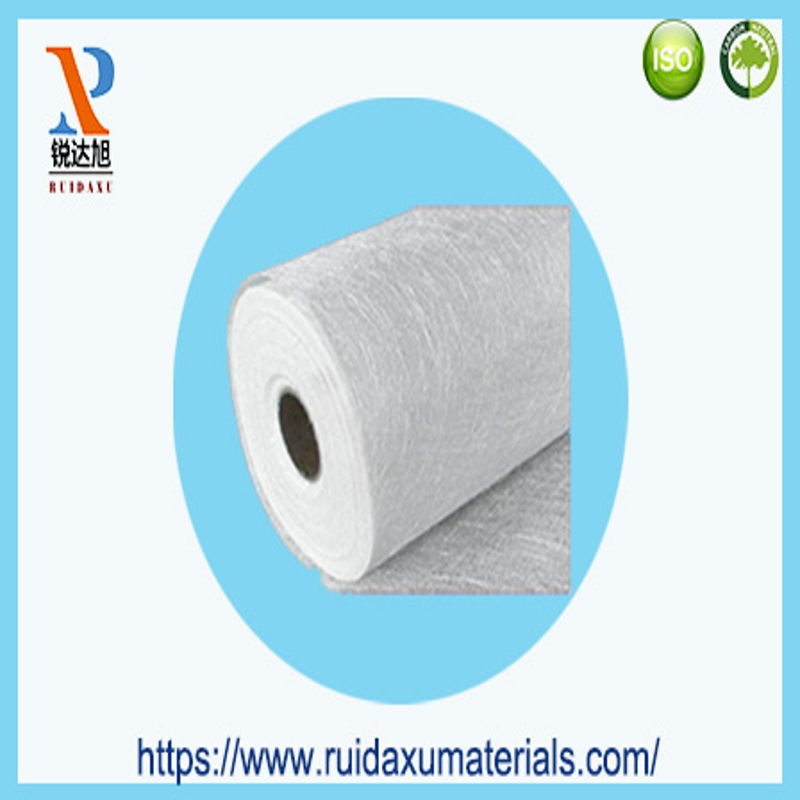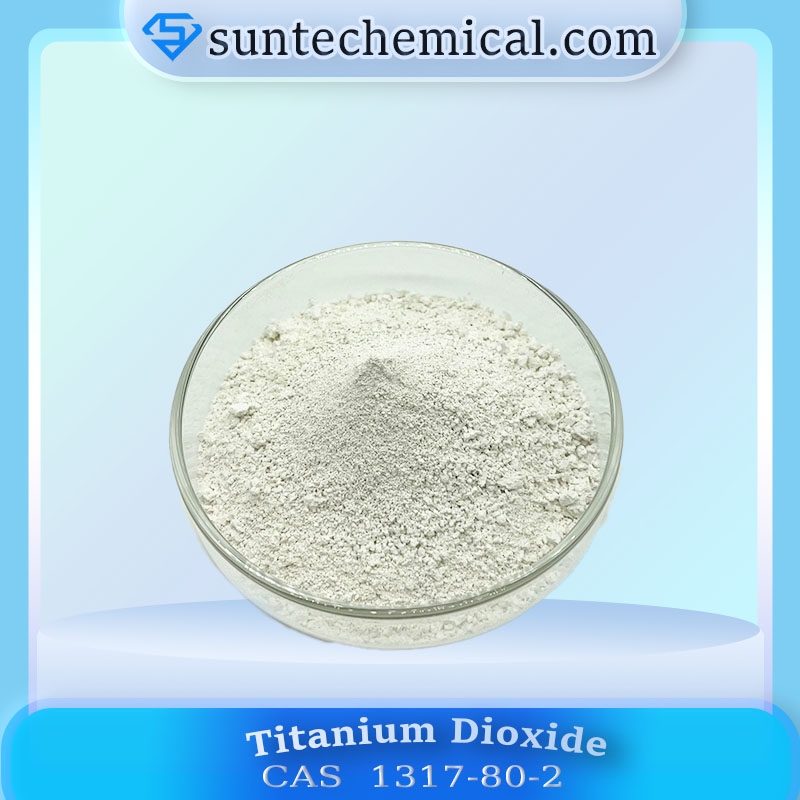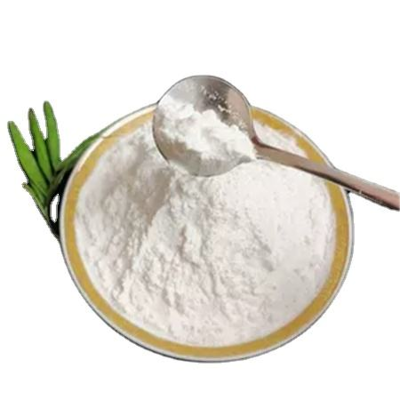-
Categories
-
Pharmaceutical Intermediates
-
Active Pharmaceutical Ingredients
-
Food Additives
- Industrial Coatings
- Agrochemicals
- Dyes and Pigments
- Surfactant
- Flavors and Fragrances
- Chemical Reagents
- Catalyst and Auxiliary
- Natural Products
- Inorganic Chemistry
-
Organic Chemistry
-
Biochemical Engineering
- Analytical Chemistry
-
Cosmetic Ingredient
- Water Treatment Chemical
-
Pharmaceutical Intermediates
Promotion
ECHEMI Mall
Wholesale
Weekly Price
Exhibition
News
-
Trade Service
Coatings generally use anionic or ionic polyelectrolyte dispersants, and color pastes generally use non-ionic or partly anionic dispersants to make the surface of white pigments and colored pigments adsorb different wetting and dispersing agents, and have different surface tensions.
The difference in surface tension between color paste and paint is too big
Coatings generally use anionic or ionic polyelectrolyte dispersants, and color pastes generally use non-ionic or partly anionic dispersants to make the surface of white pigments and colored pigments adsorb different wetting and dispersing agents, and have different surface tensions.
The color paste is not compatible with the coating
The emulsifier outside the emulsion particles is not compatible with the surfactant outside the pigment and filler particles, resulting in flocculation of the pigment.
The hydrophilic and lipophilic balance value between the color paste and the paint does not match
The lipophilic substance has a low surface tension at the lipophilic end and is easier to float on the surface.
the solution:
Choosing a suitable wetting and dispersing agent, adjusting the surface properties of the particles, and adjusting their movement balance are the methods to control the floating color.
Such as colored pigment flocculation, whitening, pigment flocculation floating color, wetting and dispersing agent can be used to relieve flocculation, improve the surface properties of particles to prevent or control floating color, in the process of controlling floating color, several floating color phenomena can be transformed into each other to control floating color.
The wetting function of the wetting and dispersing agent enables the air and water on the surface of the pigment to be replaced by the liquid of the grinding medium more quickly, and at the same time enables the separation of the pigment primary particles obtained in the dispersion stage to be maintained and controlled.
To make pigments and fillers play a role in the coating system, the application and reasonable selection of dispersants are necessary.
This article is an English version of an article which is originally in the Chinese language on echemi.com and is provided for information purposes only.
This website makes no representation or warranty of any kind, either expressed or implied, as to the accuracy, completeness ownership or reliability of
the article or any translations thereof. If you have any concerns or complaints relating to the article, please send an email, providing a detailed
description of the concern or complaint, to service@echemi.com. A staff member will contact you within 5 working days. Once verified, infringing content
will be removed immediately.







